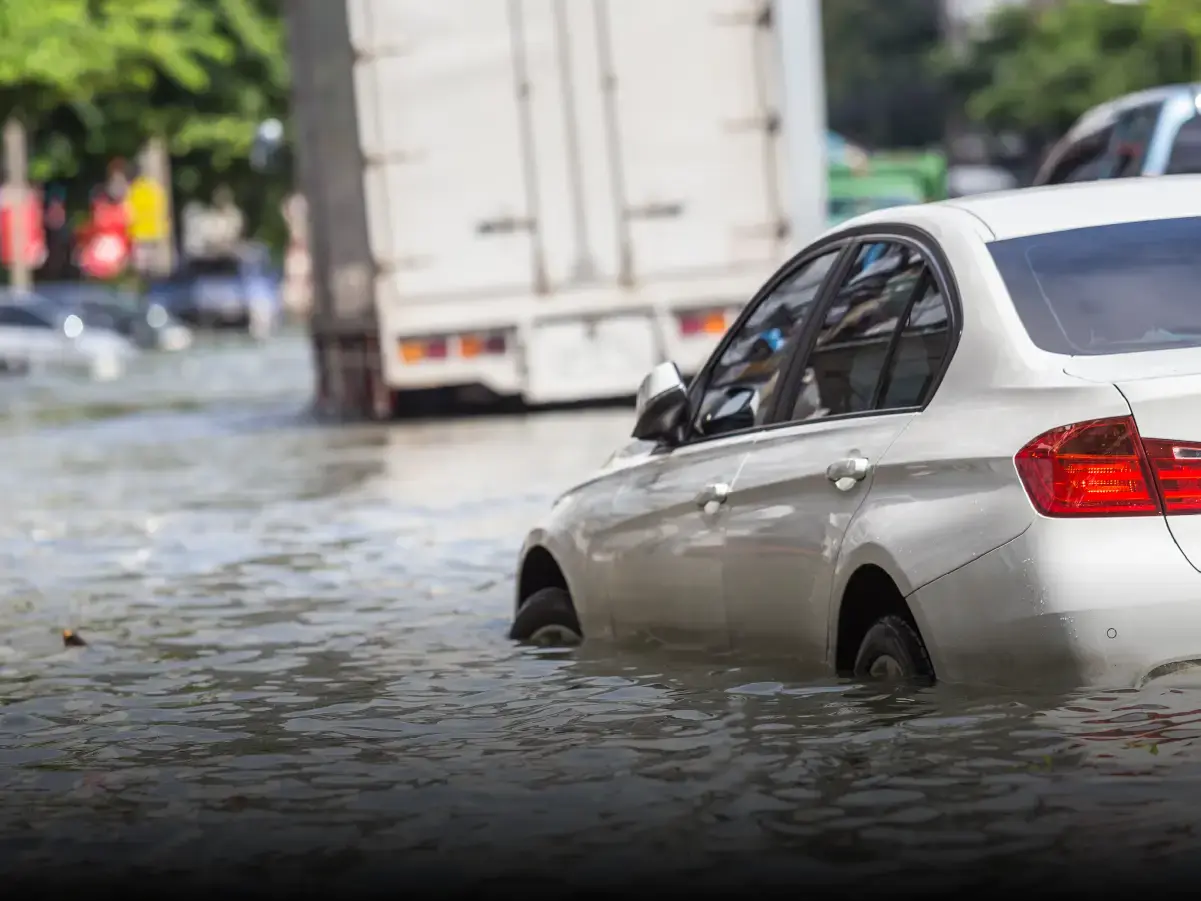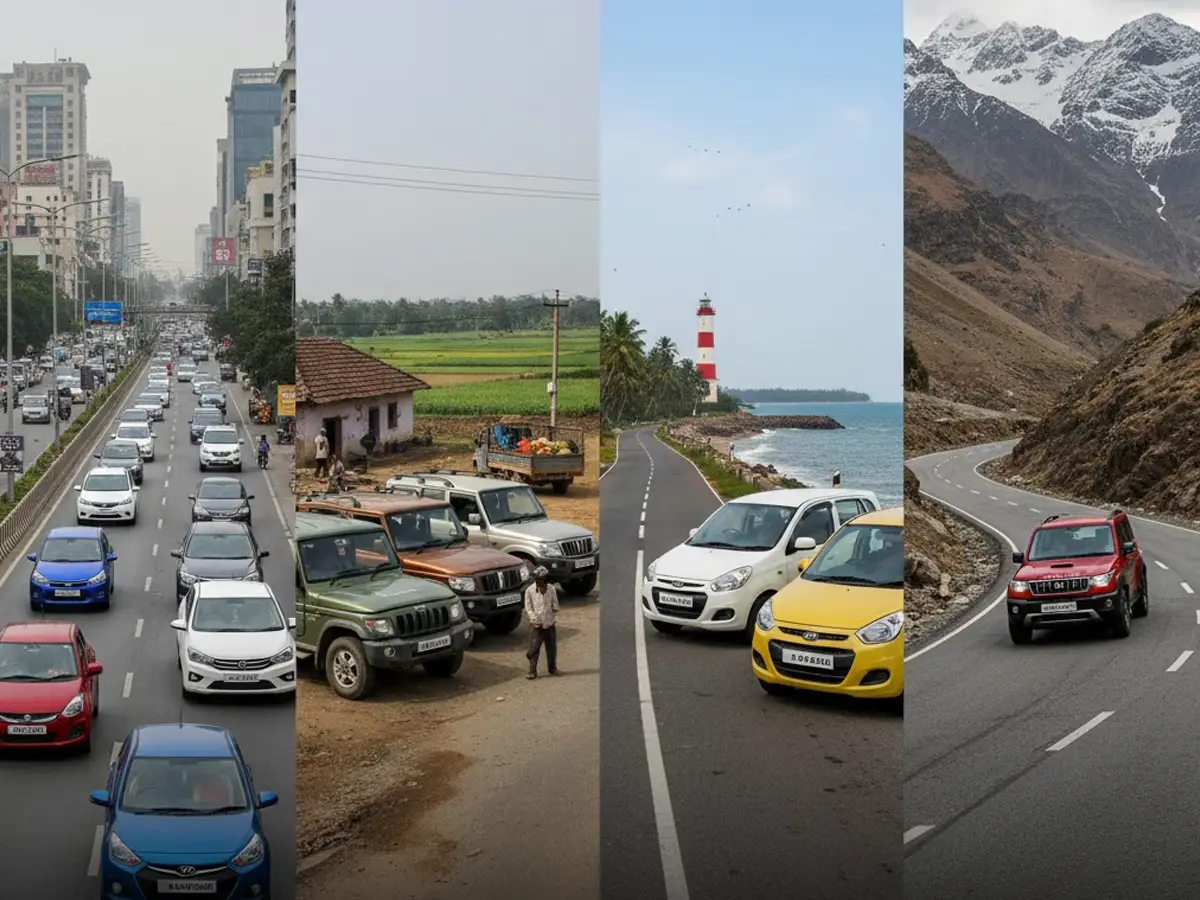

Top 5 Signs of Water Damage in a Used Car That Only a PDI Can Reveal
- 1A PDI uncovers damp odours and hidden moisture under carpets and seats
- 2Rust in hidden zones and ECU errors often signal past flood exposure
- 3Moisture in headlights and stained upholstery are telltale signs of water damage
When you're buying a used car, there's always that nagging doubt: what if something's wrong under the surface? It might look spotless, have low kilometres, and even come at a good price. But unless you've had the car inspected by professionals, there's no way to be sure. One of the most overlooked but serious issues in the used car market is water or flood damage. And it takes a proper Pre-Delivery Inspection (PDI) to bring those hidden dangers to light.
A Pre-Delivery Inspection (PDI) is a thorough, multi-point check carried out before a car is delivered to its next owner. It includes an in-depth analysis of physical components, electrical systems, legal and financial background, and much more. This inspection plays a vital role in identifying damage that’s not visible during a casual walkaround. Here's a look at five subtle yet significant signs of water damage that only a PDI can reveal.
Top Signs of Water Damage in Used Cars
Here are the most common signs of water damage in used cars that only a professional Pre-Delivery Inspection can reveal.
1. Damp Odours and Concealed Moisture
One of the most immediate giveaways is a musty or mildew-like smell inside the cabin. It often lingers long after the actual flooding incident. Sellers may try to mask it with air fresheners or by keeping windows down during test drives. However, during a PDI, the interior is checked thoroughly. Inspectors lift the carpets, examine the foam beneath the seats, and even use moisture metres to detect dampness you can't feel by touch. If any moisture is found in hard-to-access areas like the spare tyre compartment or underfloor padding, it points to past water exposure.

2. Corrosion in Hidden Zones
Rust and corrosion on the outside are easy to spot. But water damage causes corrosion in places most buyers would never check, such as inside the engine bay, around seat rails, underneath the dashboard, and even around bolt heads under the carpet.
A PDI technician uses proper lighting and inspection tools to check these tucked-away areas. If inconsistent rust patterns or corroded fasteners inside the cabin are found, it indicates flooding. This kind of rust is unnatural and doesn’t happen from day-to-day usage.
3. Electrical System Inconsistencies
Floodwater can wreak havoc on a car’s electronics. While the lights and infotainment may seem to work fine during a brief test drive, a PDI digs deeper. Inspectors test each button, switch, and sensor, inside and out. They also scan the vehicle’s ECU to check for stored error codes, past malfunctions, and unusual resets. Sticky switches, malfunctioning power windows, and dashboard warning lights that flash intermittently are all signs that something’s not right beneath the surface. Water damage often starts showing in the car’s electronics before anything else.
4. Headlight and Taillight Condensation
You’d be surprised how much information a car’s lighting can reveal. Moisture trapped inside the headlight or taillight assembly often means water has entered and remained there for a while. While some condensation can be normal due to temperature shifts, persistent fogging or water droplets inside the lens indicate water ingress. A PDI includes inspection of all exterior lighting systems for such signs. Trained experts know the difference between regular fogging and damage caused by exposure to floodwaters.
5. Unusual Stains and Upholstery Discolouration
Flood-damaged vehicles often come with tell-tale watermarks. These might be barely visible to an untrained eye but are quite obvious to a professional. A PDI team examines the edges of seat belts, dashboard linings, and the lower sections of door cards and seats for signs of staining or water lines. Uneven fading, patchy discolouration, or mismatched interior components (like different coloured seat covers or floor mats) are flagged as suspicious. These visual cues often suggest prior water exposure and hasty cosmetic repairs.

Additional Clues that Strengthen Water Damage Suspicion
During a PDI, two other elements often support the diagnosis of water damage:
- Dampness in the boot – Even when the rest of the car seems dry, trapped water in the boot’s underfloor storage or spare wheel compartment often goes unnoticed until inspected. It can give an important clue about water damage
- Engine oil and air filter condition – If the engine oil appears milky or the air filter looks water-stained, there’s a chance water has entered the engine bay. This is a serious concern, especially if the car has been driven after flooding
Why Only a Pre-Delivery Inspection (PDI) Can Confirm the Full Picture
A basic vehicle check or test drive isn’t enough to spot water damage issues. A proper Pre-Delivery Inspection through professional services like CARS24 includes:
- Physical inspection reports of interiors, exteriors, and mechanicals
- Electrical and ECU scans for fault codes and malfunctions
- Legal checks for accident, flood, and insurance history
- Financial checks for loans, ownership, and RC validity
- Condition-based price estimation using verified data
Whether you’re an individual buyer, dealership, insurer or financer, a PDI gives you the clarity and confidence to move ahead or walk away.
Final Thoughts
Flood-damaged cars don’t always look bad from the outside. Many of them are cleaned up and polished to perfection before being put up for sale. But the damage within is often slow, silent, and expensive. Don’t take risks. Book a certified PDI and get complete clarity before investing your money in a used vehicle.
When in doubt, let the professionals check it out.
Frequently Asked Questions
Expand all





















